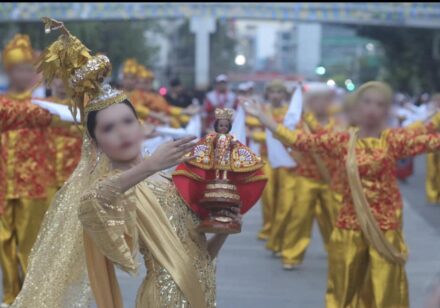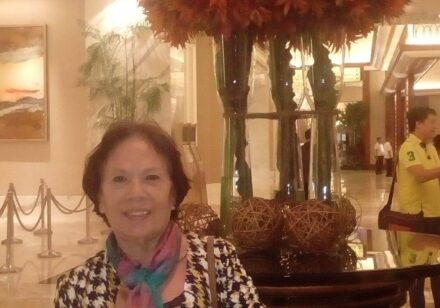No doubt people are fascinated by creatures of the sea. Writers, artists and filmmakers all over the world have exploited this thirst over the mysterious water world we know little about. At the same time, people want to dream, or desire an aesthetic and imagined experience that has semblances to reality, are eager to learn lessons from them for life to be better lived.
The ongoing remake of “The Little Mermaid” reminds me of a treatise by two Marxist scholars Max Horkheimer and Theodor W. Adorno on a “culture industry” that promises an “enlightenment as mass deception”.
Film, TV, radio, popular music and magazines are part of this powerful “culture industry” that the two scholars defined and perhaps, is one of the reasons why this tale by Hans Christian Andersen is still popular today because a ‘culture industry’ has made it so.
Right at home I didn’t realize that in my granddaughter Yuko Olga Kirsten’s open-shelves cabinet where she keeps her toys, her collection of “Ariel” the Little Mermaid of the Disney film stands out.
Looking at these dolls now, my guilt is mixed with amusement. To indulge the small pleasures of a little girl, I helped picked for her two different-looking and make of ‘Ariels’ from Jakarta and from Manila. Her Grand Tita Bardot sent another from the US. This fixation continued for there are other smaller versions of Ariel displayed alongside her other dolls, a collection of Shopkins, Barbies, and other smaller ones.
How girls today like Yuko Olga Kirsten have become attracted to these kinds of dolls makes me wonder if, in this encounter, we are losing the battle against the deluge of popular merchandise from foreign countries, and overly-influenced by popular culture, by mass media and the marketing and distribution of movie outfits that promote as aggressively a downstream industry of t-shirts, tumblers, games, dolls, stuffed toys, coloring books, etc.
“The Little Mermaid’s” story is an example of the culture industry discussed by Horkheimer and Adorno. How the original story evolved into the more commercially-viable product and maybe, author’s intention affirms the aims of a contemporary, digital cultural industry.
The mermaid in Hans Christian Andersen’s original story “The Little Mermaid” has no name and the color of her hair is never mentioned.
In fact, hair is mentioned about five times only in the original story but the hair did not say anything about color. Her eyes, however, are blue and she has white skin, is the youngest and most beautiful among seven sisters. On top of all these physical traits, she has a beautiful voice as well.
This romantic tale and other tales are vintage Andersen, full of action words and therefore the tales are action-packed and, best of all, they are a compelling read, exploring themes of pure love, sacrifice, hope despite poverty or adversities, and love for those physically challenged and those who are ‘ugly’ like “The Steadfast Tin Soldier” and “The Ugly Duckling”. The stories are likewise replete with religious undertones revealing the writer’s deep spirituality.
In Denmark, “The Little Mermaid” (Den lille havfrue) has inspired a life-sized bronze statue by Edvard Eriksen. It is found by the shore along a promenade in Copenhagen, Denmark.
The tale of the mermaid was first published in 1837 as part of a collection of other tales some of these well-known and well-loved: “The Little Match Girl”, “The Snow Queen”, “The Nightingale”, “The Tinderbox”, “The Princess on the Pea”, among many more.
These days when writers recreate these beloved tales and are transformed into film, their popularity, more often, is assured and, when successful at the tills, profits pour in for the film company.
Perhaps, many things need to be done before our own country can produce such movies for our entertainment. But, I’m only putting forward or putting down some things for us to chew on.
It is a given that creativity and entrepreneurship may go hand in hand as most Disney films have done all these years. Never mind if the two scholars mentioned here point to the illusion-deception that for instance, Disney has provided especially with the establishment of Disneyland.
In the original story, the mermaid made sacrifices for her love of a prince whose life she had saved. But, in order for her to be with the ‘mortal’ prince, and in order for her to gain an ‘immortal soul’, she must pay the Sea Hag with no name her beautiful voice in exchange for a potion so her fishtail will give way to a pair of ‘stumps’ or legs.
Again, In the original story, the little mermaid cuts off her tongue to give to the Sea Hag but this is not shown in the Disney cartoon feature.
The little mermaid’s death and her turning into foam comes in the end because she refuses to kill the prince she so loved. Had she killed him with the knife her sister-mermaids had given her in exchange of losing their own hair, the prince’s blood would have bathed her ‘stumps’ or legs and her fishtail would have grown back allowing her to return to her father’s kingdom at the bottom of the sea to live out her natural, mermaid’s lifespan of 300 years.
The scholars Horkheimer and Adorno talked about this ‘culture industry’ giving ‘enlightenment as mass deception’ i.e. the “constellation of entertainment businesses that produce ‘film, television, radio, magazines, and popular music – all phenomena created by mass technology’ where “lines blur between art, advertising and [sales] propaganda”.
Perhaps, the West is really ahead of us because their own writers and scholars have gathered stories that have been recreated and picked up by movie outfits like Disney.
In the popularization or dissemination of these films come the tendency, according to Horkheimer and Adorno to “make more promise toward an explanation of life”, and the films become “the embodiment of authoritative pronouncements, and thus the irrefutable prophet of the prevailing order”.
These Marxists say much about society and the individual and how society has produced the individual who seeks happiness and a culture industry somehow fulfills that quest. But, it is up to the reader to agree or not with their ideas that are nonetheless thought-provoking and affords readers to think about mass culture and its deceptions.
On the other hand, I can’t help but wish how we can use our own heroines, whether mythic, fictive or from our real heroines as subjects for own cultural industry? In general, we are familiar with our own narratives and somehow can validate these.
On TV, such shows like the mermaid Marina’s story in the cartoon “Zig & Sharko” attracts kids. The Korean TV series “The Starry Sea” likewise dwelt on a merman’s adventures on land and our own Dyesebel movies became hits.
But my point is, how do we promote our own folk stories featuring our more magical and more fantastic worlds from our ethno-epics inhabited by fantastic beasts, the bakunawa, niaga (serpent), where giants co-existed with humans, where heroes traversed the skies on their magic shields or handkerchiefs, or heroes conversed with magical parrots and where flower pots gossiped among themselves. The list is endless.
It is therefore a challenge to counter such influences and offer our own cultural alternatives to our young girls are exposed to making them more “knowledgeable”, “enlightened” or accepting of a certain order about “Snow White”, “Cinderella”, “Rapunzel” or “Beauty” not to mention idolizing these characters instead of from our own folklore like Bai Lekumbing and Tagabagka from the Northern Mindanao epic Ulahingan or Lawanen or of her sister who became known as “king” not queen, as the Ayonan of the Kingdom Kiyaranda a Ragat from Central Mindanao epic, the darangen, to mention a few.
Prospects in this regard remain bright and we need more writers or scholars to work hard at digging more stories for children to make them thinkers to work out issues as part of their life experiences or, their journeys in life.
Today, we see dolls fashioned after many races not only from the white race but heroines from other countries and recently, a mananangal doll made by the women folk of Naga point to a concept of multiculturalism or cosmopolitanism developed within this post-colonial age.
Stories like Mulan’s or Moana’s allow our daughters to see diversities and with these, they could move towards understanding and accepting differences, be less biased and judgmental in the future and, in most likelihood, be more discerning or knowing when pronouncements that promise enlightenment in any form come their way.
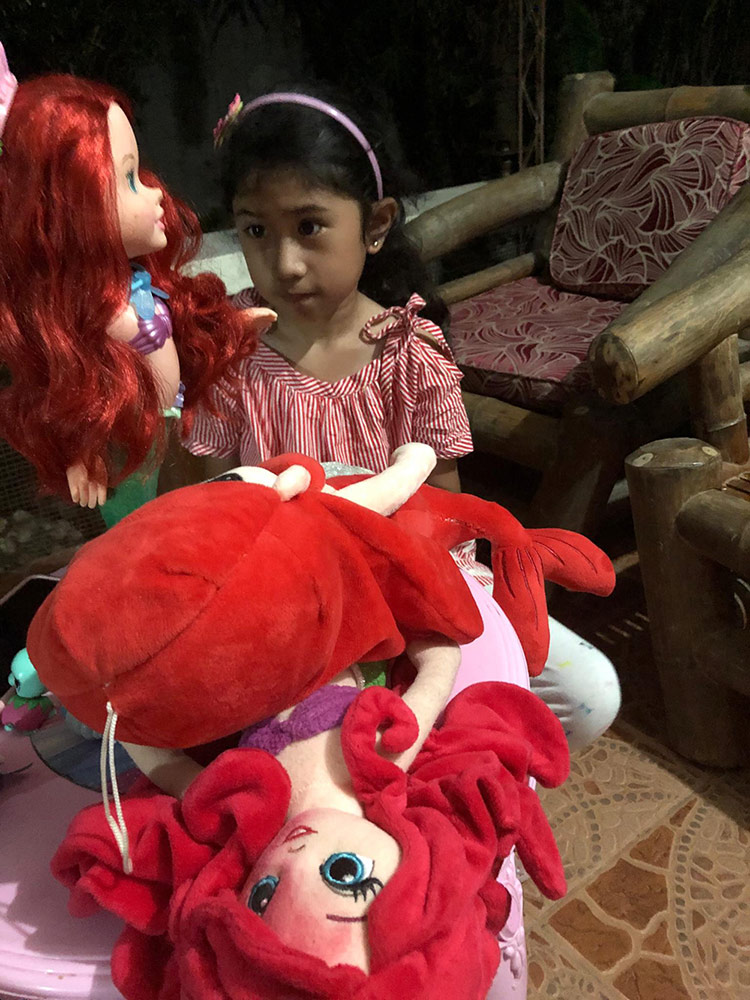
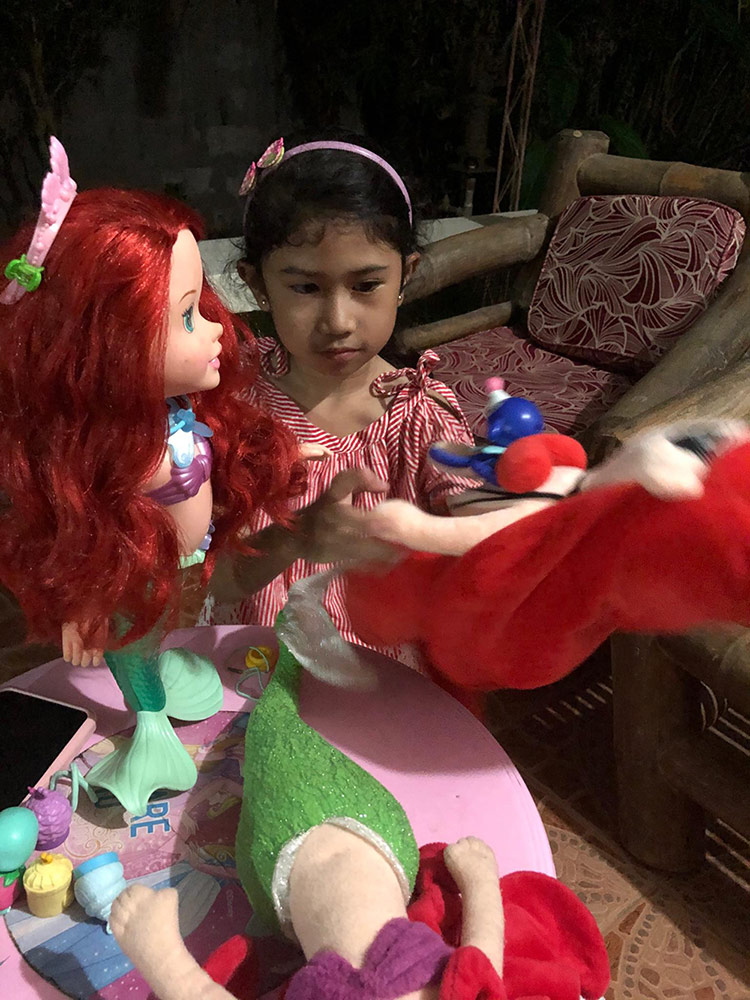
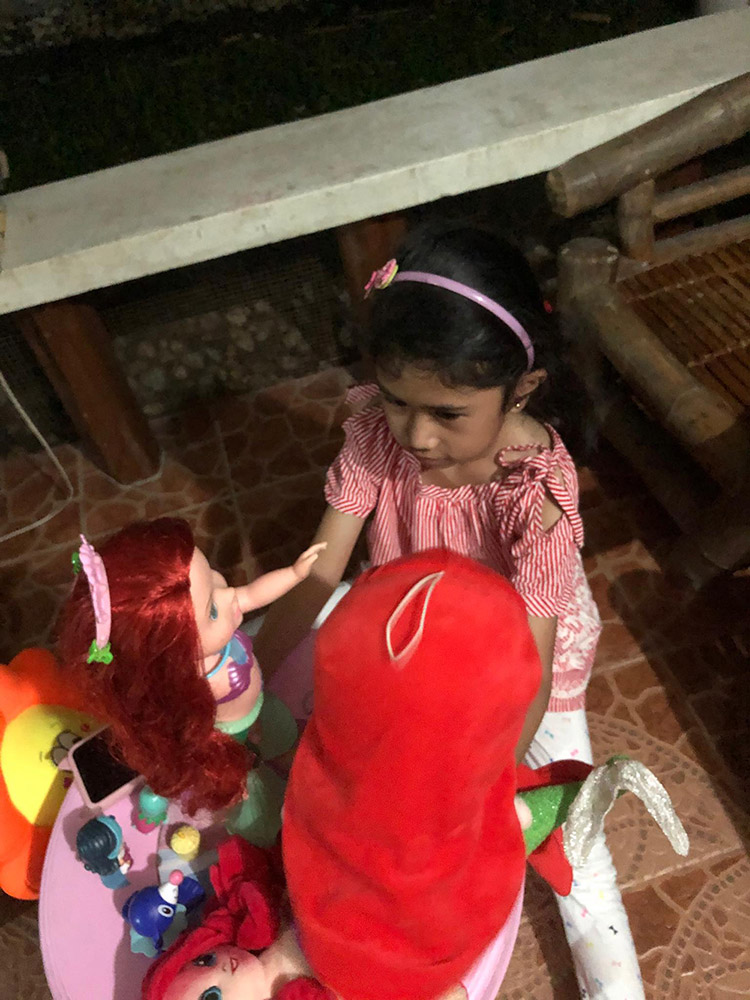
comments are temporarily disabled.







